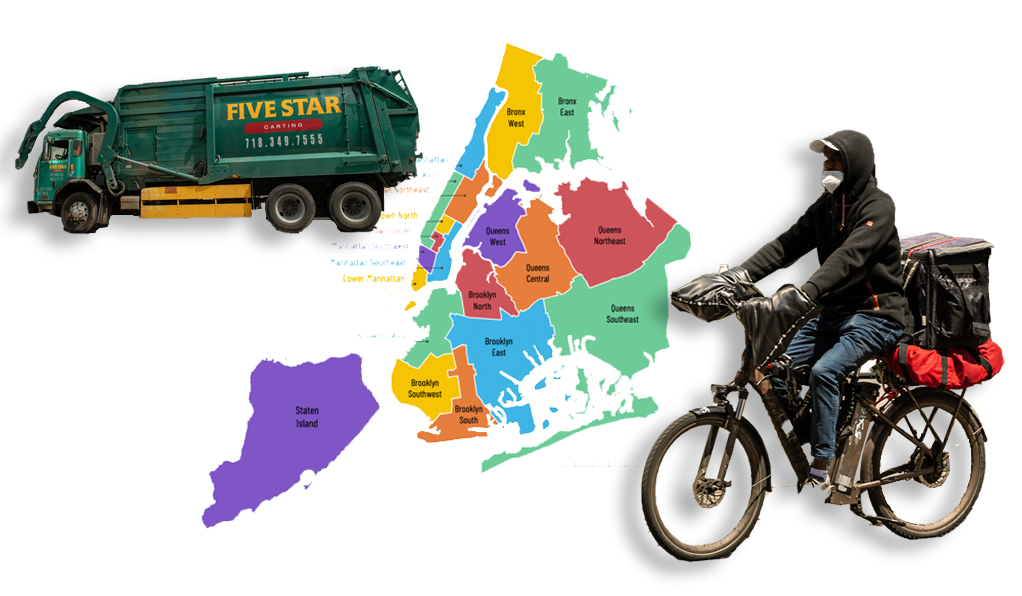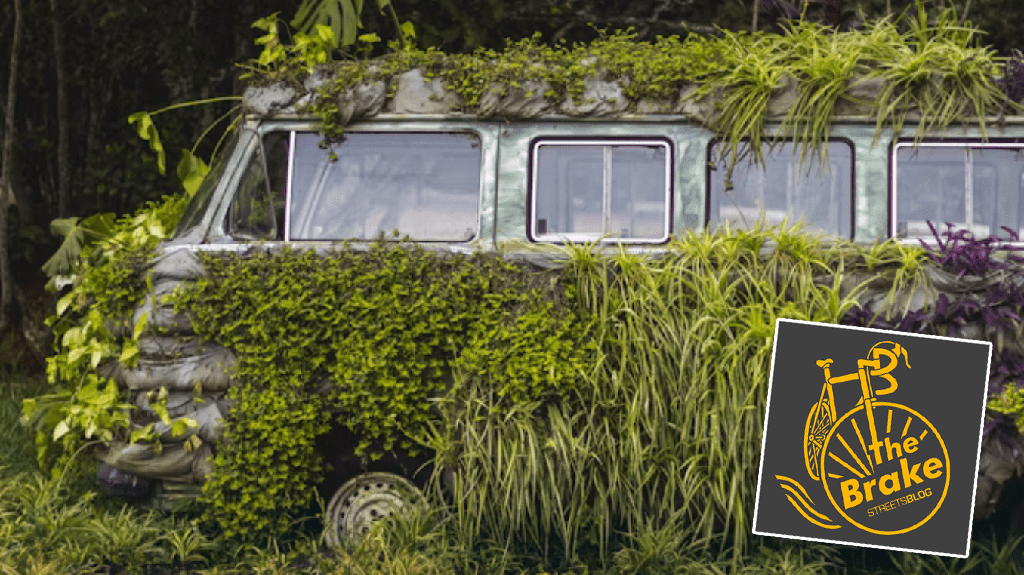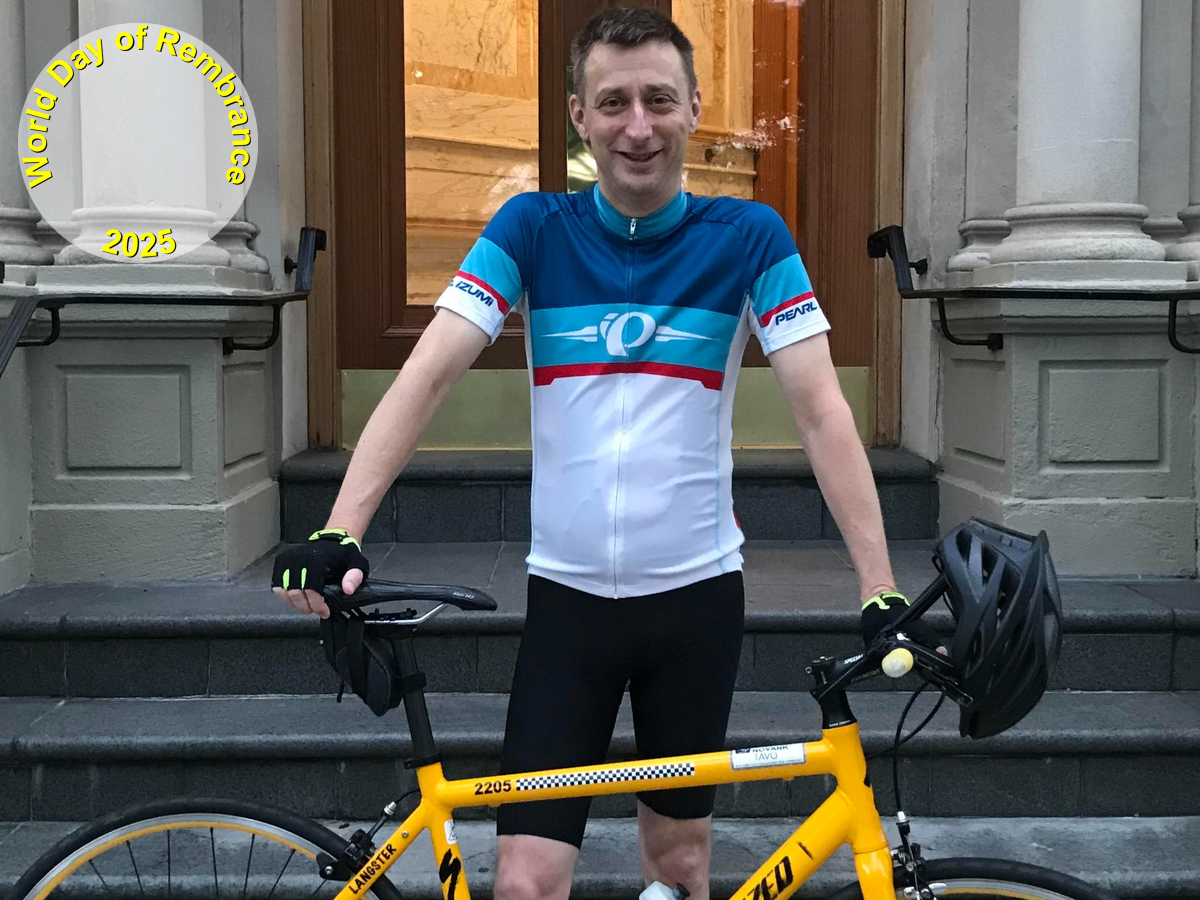
Los Angeles, with its expanding transit network, is supposed to be in the process of shedding its cocoon of car-centricity and emerging, in the words of a recent Fast Company headline, as America's "next great walkable city." The city's streets, however, didn't change a whole lot under former mayor Antonio Villaraigosa. When Eric Garcetti was elected mayor in 2013, advocates thought he could provide the leadership to finally prioritize walking, biking, and transit on LA's streets.
And Garcetti got off to a great start. He chose Seleta Reynolds, a standout from the San Francisco MTA's Livable Streets program, to lead LADOT. The city retained groundbreaking former New York City Transportation Commissioner Janette Sadik-Khan to help shape its Great Streets strategic plan. The city is expected to adopt a Vision Zero policy in just a few weeks.
Garcetti himself has said, "As city leaders, we need the backbone to make the bold changes necessary to build great streets." But the mayor's failure to go to bat for a pedestrian-friendly redesign of the critical Glendale-Hyperion Bridge calls into question the strength of his commitment to changing streets -- and with it, Los Angeles's potential to become a walkable, bikeable, transit-rich city.
Last week, the city's Public Works Board, whose members are all appointed by the mayor, rejected the bridge design that neighborhood advocates favor. That design, reported Streetsblog LA, would have repurposed one motor vehicle lane to create safe access for walking and biking on both sides of the bridge. The mayoral appointees, bowing to pressure from City Council members Mitch O'Farrell and Tom LaBonge, went a different route, voting for a design that preserves all the car lanes while removing an existing sidewalk from one side of the bridge.
About 1,200 people had signed a petition supporting the proposal with bike lanes and sidewalks on both sides of the bridge, as had dozens of businesses, nearby schools, and the neighborhood councils in two of the three surrounding districts. Traffic studies showed that reducing the road to three lanes wouldn't affect car congestion significantly. But the Public Works Board voted for a proposal that maintains four traffic lanes and leaves pedestrians with just one sidewalk -- and a long, uncomfortable detour.
Advocates did not expect a decision so soon. LaBonge is at the end of his tenure in the council, and the leading candidates vying for his seat favor the more pedestrian- and bike-friendly design. With elections this week, the local politics were guaranteed to shift in favor of the better design in a matter of days. Instead, Garcetti's appointees rushed through a decision the week before the election.
Don Ward, who lives in nearby Los Feliz and served on an advisory committee the city set up for the project, said the bridge design has major implications for walking and biking access. "The elevation change in this area, there’s only three routes to get to the LA River in this whole area and all three routes are major arteries and difficult for bikes and pedestrians," he said. "This one bridge is the most viable option to have sidewalks and bike lanes on because it’s in the middle. And it’s an old historic bridge. And it connects three neighborhoods."

Ward and a group of friends spent hours organizing in the affected neighborhoods. "The majority of the footwork was done by people who care, like parents and bike riders," he said. "A bunch of us went house to house gathering signatures, we got church groups, school groups, businesses. I made it job number one to explain everyone knew they were losing a car lane. Some people didn’t want bike lanes but they did want a sidewalk."
Their advocacy compelled the city to hold a public hearing and establish the advisory committee. And it looked like Garcetti's administration was adjusting its timetable to allow for the design decision to be made after LaBonge left office. Instead, his appointees on the Public Works Board blindsided the people who've worked for a walkable, bikeable bridge.
Deborah Murphy, founder of L.A. Walks and a nearby resident, also served on the advisory committee. "Fear of traffic has outweighed safety of all road users," she said. "They have decided that it’s more important to let people drive 55 miles per hour on this bridge."
The approved plan does include bike lanes, but Ward says without a sidewalk on both sides, those bike lanes won't be good for much.
"I don’t want a 4-foot-wide bike lane that people are going to walk in because otherwise they have to walk a half-mile out of the way," he said. "Don’t shove some family into the gutter next to 50-mile-an-hour traffic, and have them think that they’re safe."
"There were so many people who worked on this and it’s just crushing to go through this entire process and at the end they just say 'fuck you,'" Ward said.





